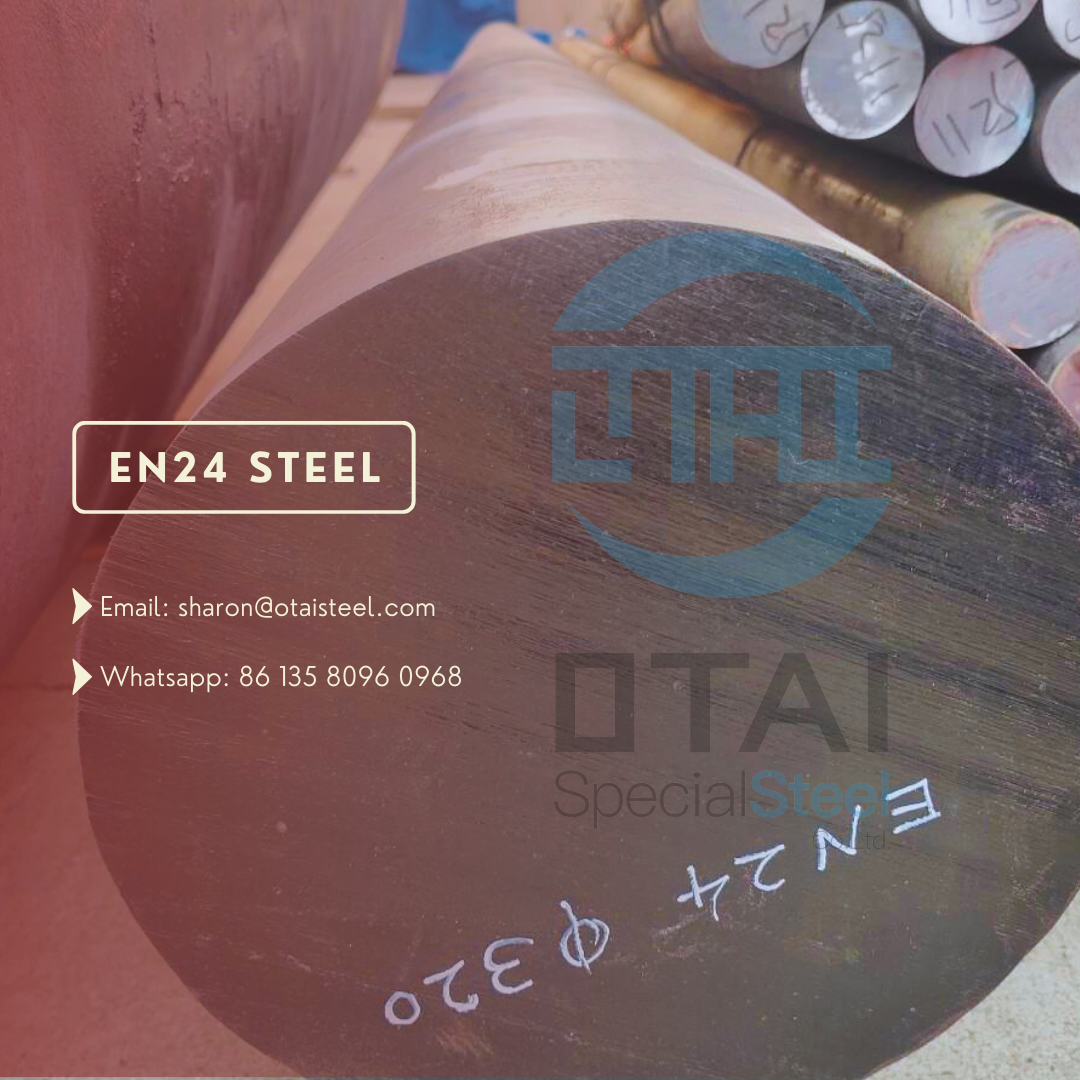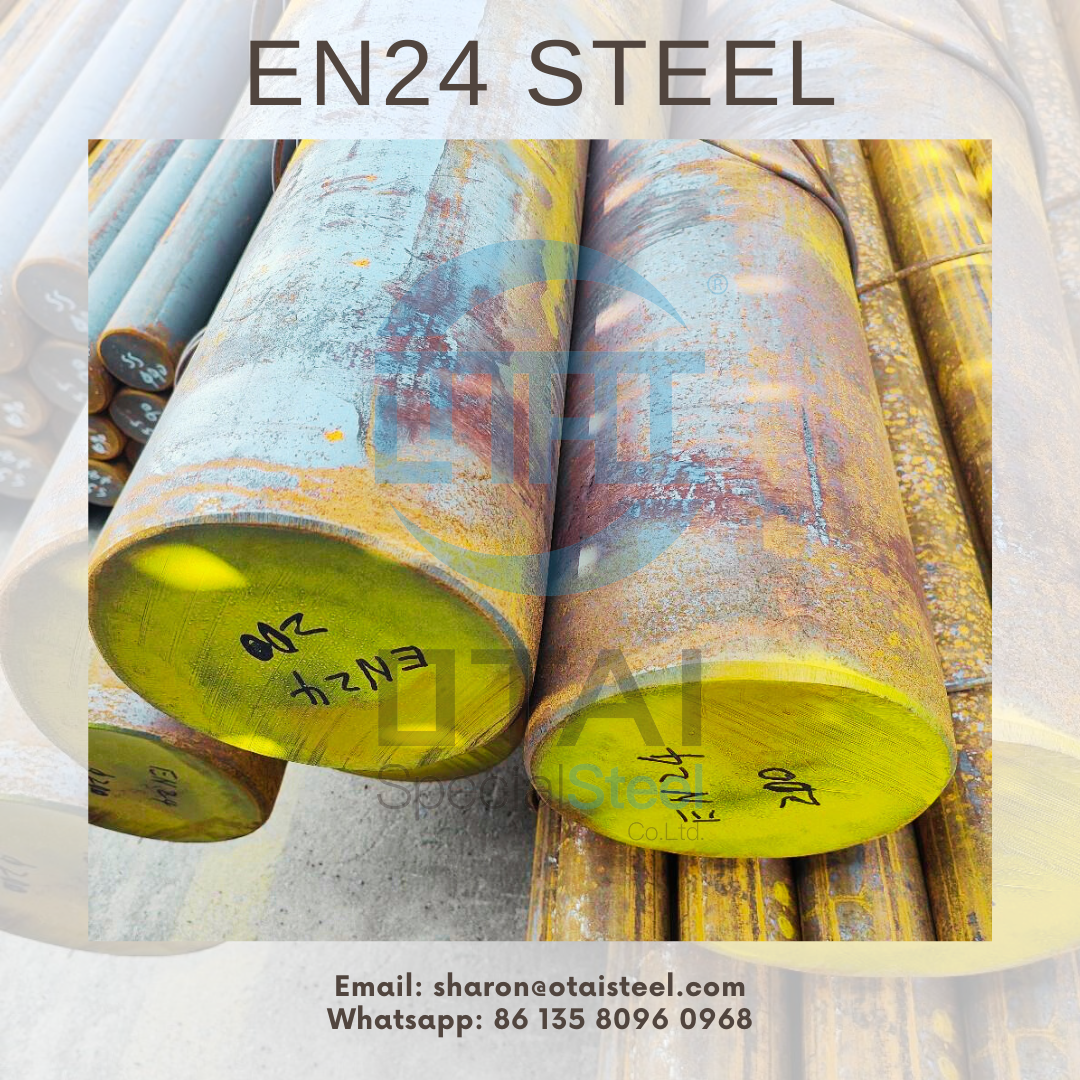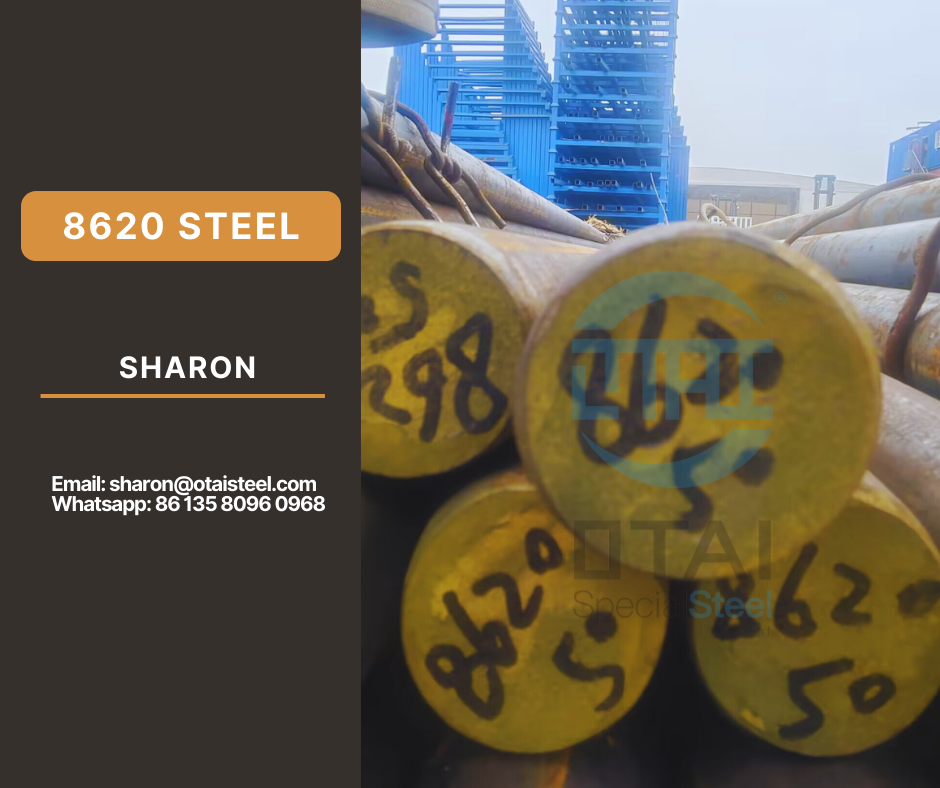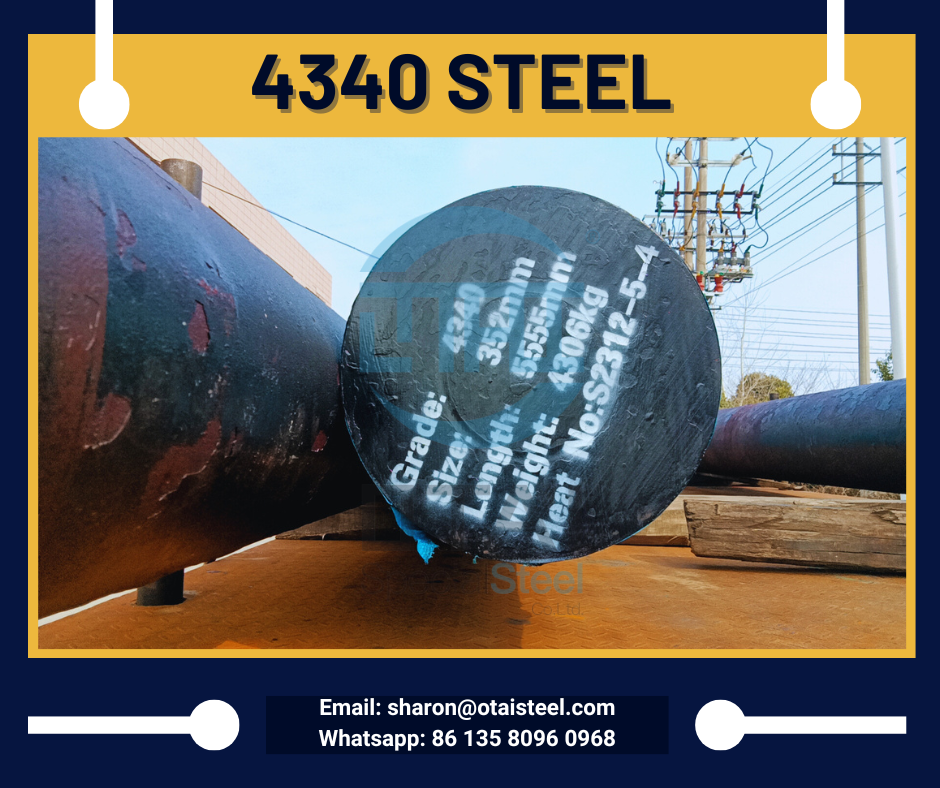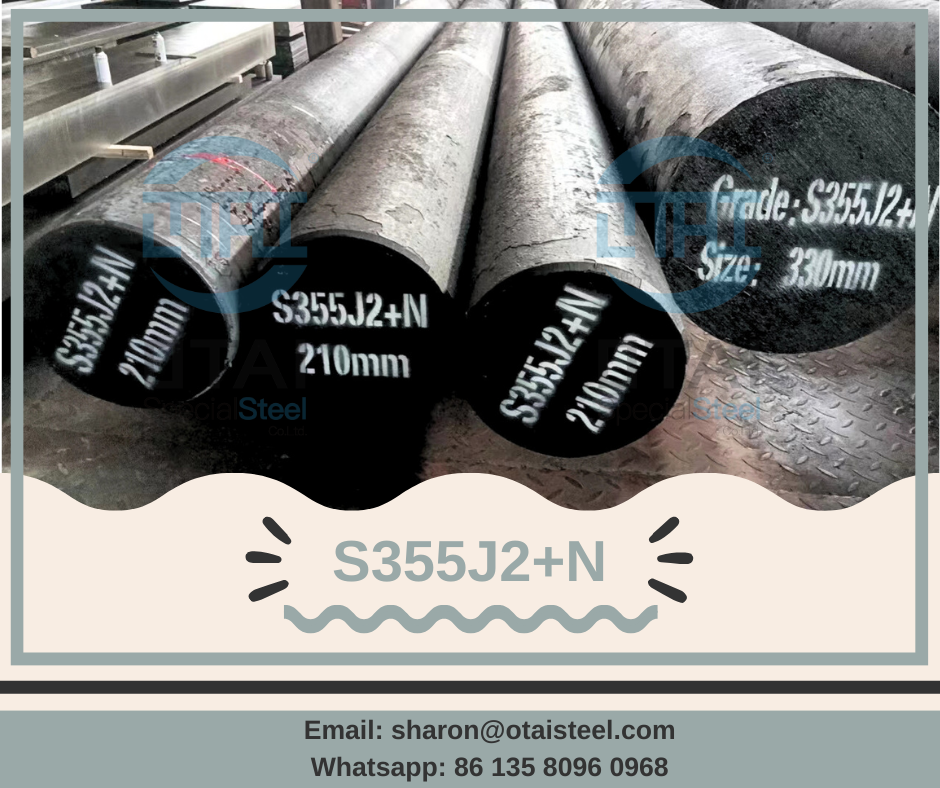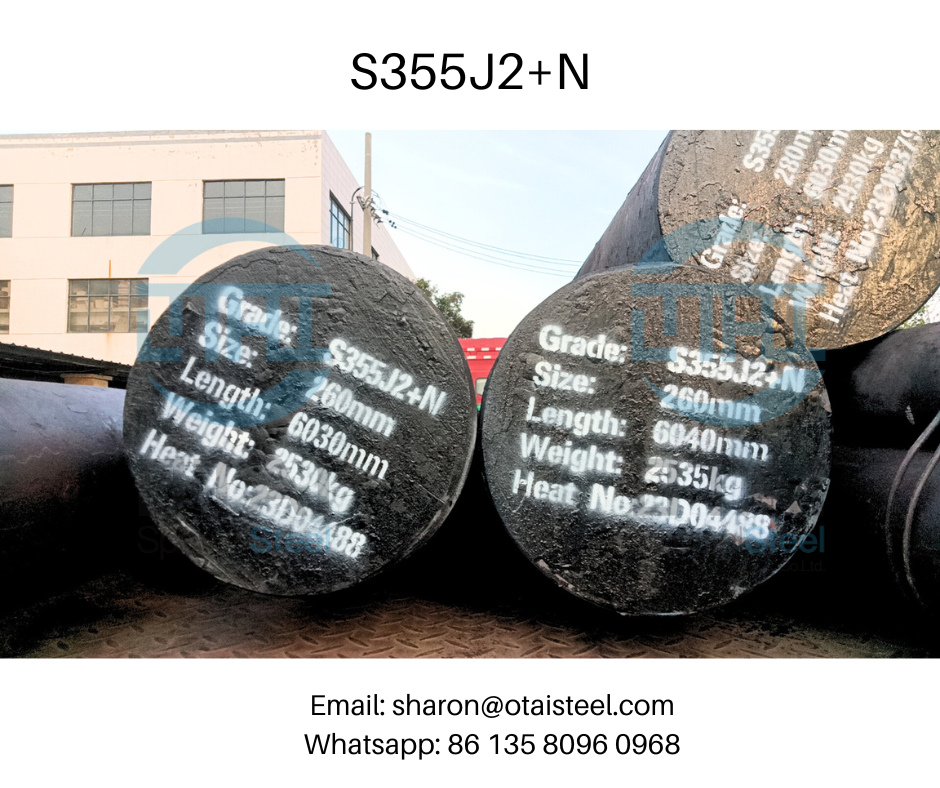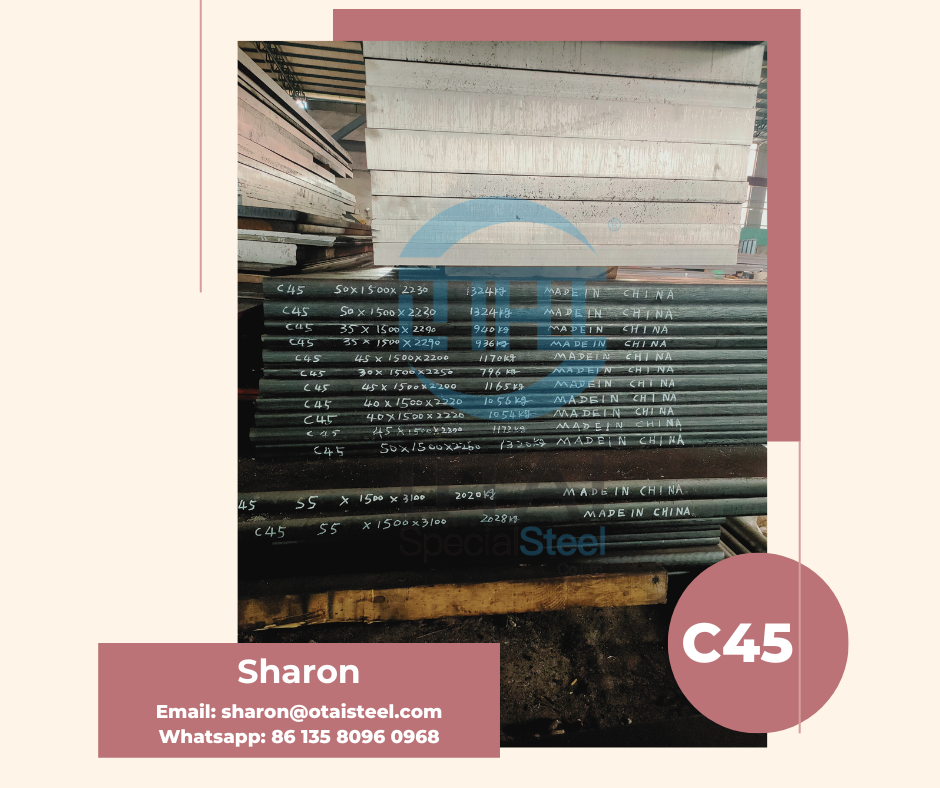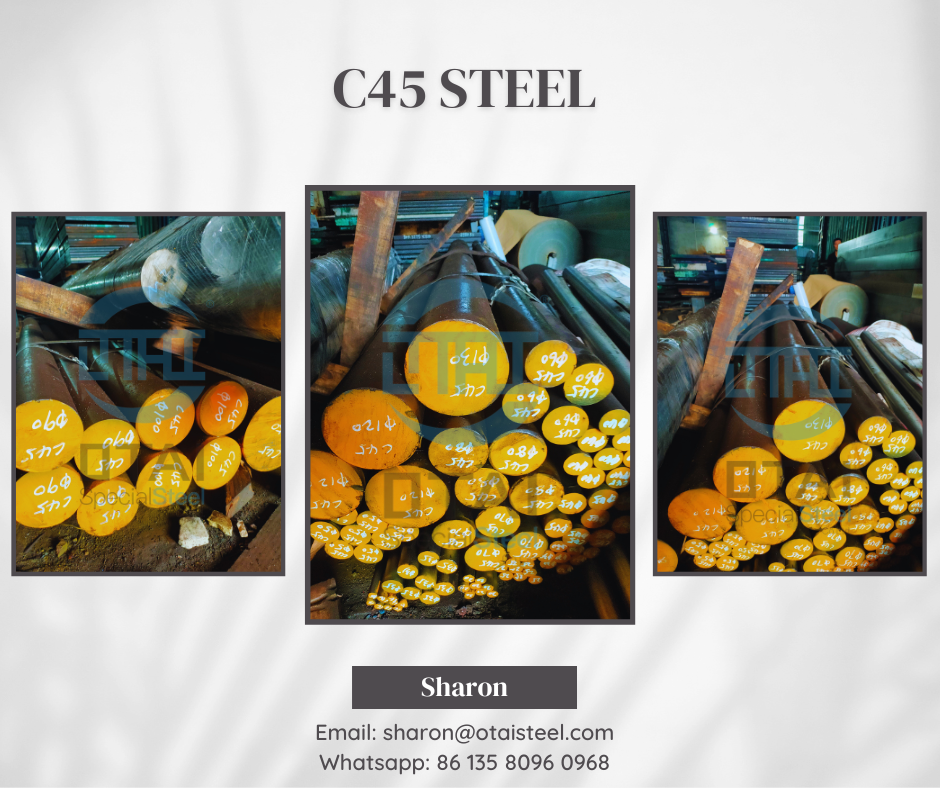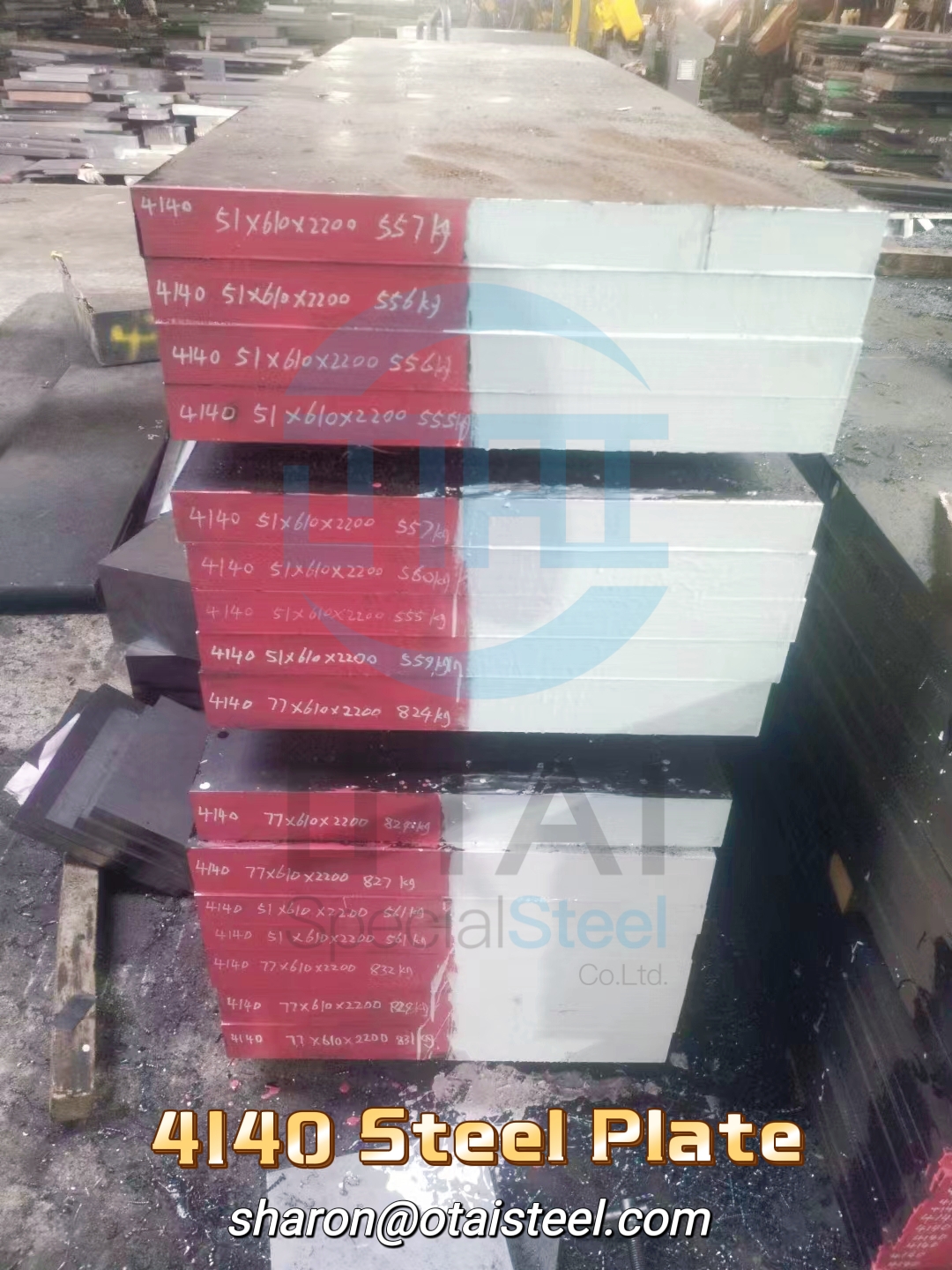EN24 steel, also known as 817M40T, is a high-grade alloy steel renowned for its exceptional strength, toughness, and wear resistance. It belongs to the British Standards for steel specifications and is widely utilized in engineering applications where heavy-duty performance is imperative.
Composition of EN24 Steel
EN24 steel is primarily composed of iron (Fe) as the base element, with significant additions of alloying elements such as:
Chromium (Cr)
Nickel (Ni)
Molybdenum (Mo)
Manganese (Mn)
Carbon (C)
The precise composition of EN24 steel may vary slightly depending on the manufacturing process and desired properties. However, the alloying elements play a crucial role in enhancing its mechanical and chemical attributes.
Properties of EN24 Steel
EN24 steel exhibits a plethora of properties that make it highly desirable for engineering applications:
High Tensile Strength: EN24 steel offers impressive tensile strength, making it suitable for components subjected to heavy loads and mechanical stress.
Excellent Toughness: Its robustness and resistance to fracturing make EN24 steel ideal for applications requiring resilience and durability.
Good Wear Resistance: EN24 steel demonstrates resistance to wear and abrasion, prolonging the lifespan of components in demanding environments.
Suitable for Heat Treatment: It can be heat-treated to achieve desired hardness levels, thereby enhancing its machinability and performance.
Applications of EN24 Steel
EN24 steel finds extensive applications across various industries, including:
Automotive Sector: EN24 steel is utilized in the manufacturing of crankshafts, gears, and transmission components in automotive engines.
Aerospace Industry: It is employed in aerospace components subjected to high stress and fatigue, such as landing gear components and turbine shafts.
Heavy Machinery: EN24 steel is preferred for the construction of heavy-duty machinery parts, including axles, shafts, and gearboxes.
Tool and Die Making: Its excellent wear resistance makes it suitable for tool and die making applications, where precision and longevity are paramount.
Conclusion
EN24 steel stands as a testament to the advancements in metallurgy, offering unparalleled strength, toughness, and versatility. Its composition, properties, and applications underscore its significance in diverse industrial sectors. Understanding the specifications of EN24 steel empowers engineers and manufacturers to harness its full potential in designing robust and efficient components.
By incorporating EN24 steel into your projects, you can benefit from its exceptional mechanical properties and reliability, thereby enhancing the performance and longevity of your products and components. For further inquiries or assistance regarding EN24 steel specifications and applications, feel free to reach out to us at Dongguan Otai Special Steel via email at sharon@otaisteel.com or WhatsApp at +8613580960968. We are committed to providing comprehensive solutions tailored to your specific requirements.
